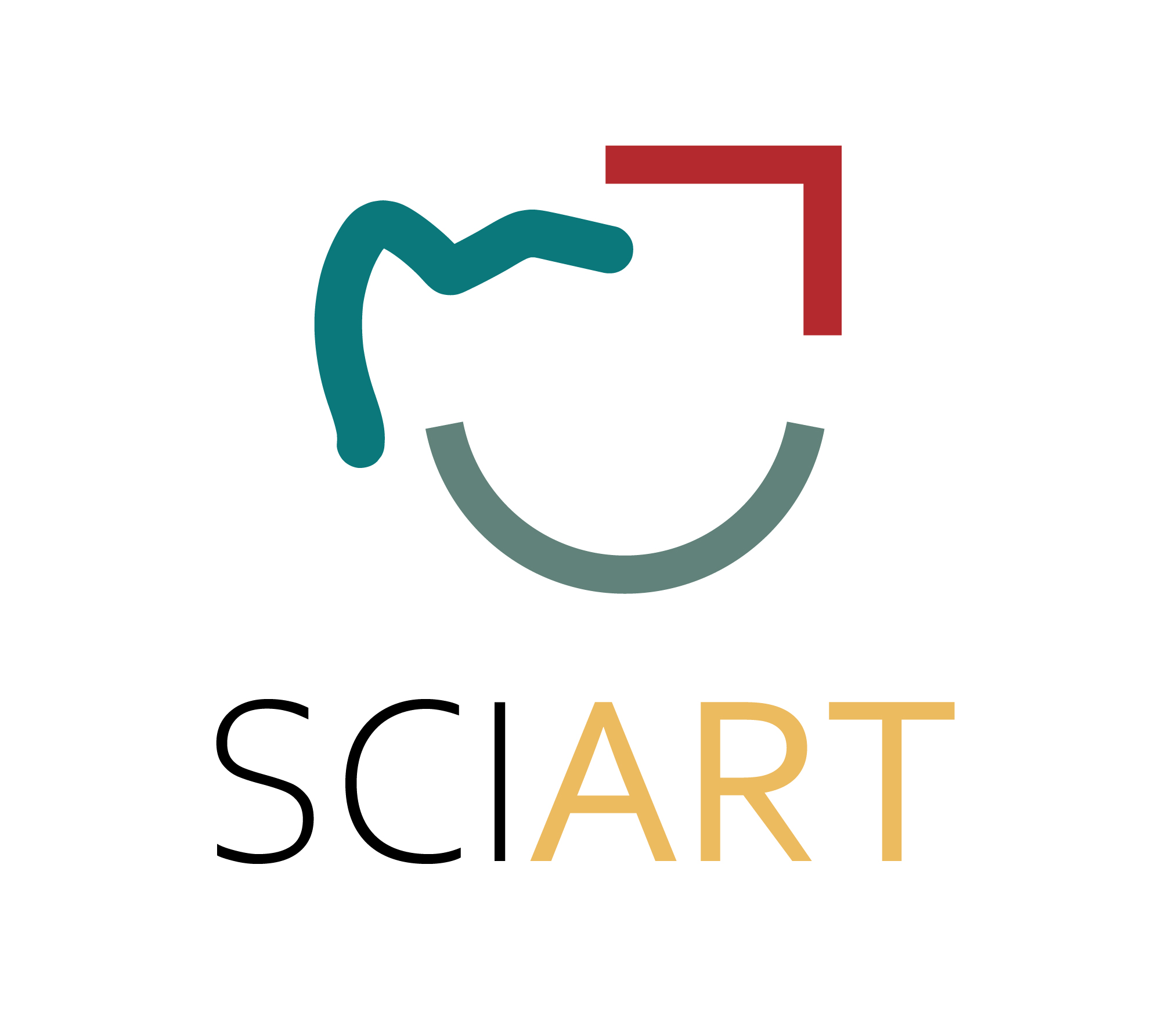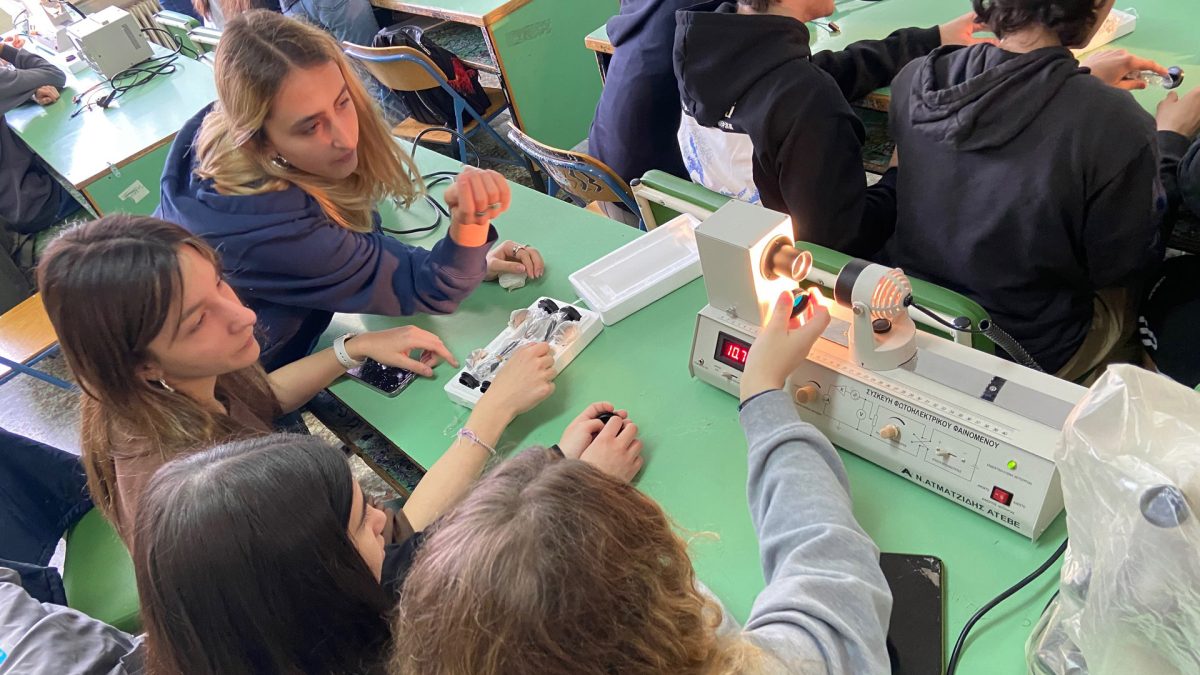About
The European SciArt project is carried out within the framework of the Erasmus+ programme and has as its main objective to enhance students’ 21st-century skills through developing an innovative, inclusive STEAM approach (SciArt) on Cultural Heritage artefacts, which will be developed through the collaboration of researchers of STEAM education and the STEAM fields, Museum experts, and teachers.
The SciArt approach includes the use of accessible instruments by using Augmented Reality affordances and providing students with new means to express themselves (multimodal and AR books).
Click on the Recources tab to access all the available resources!
Target groups
1. Teachers
Primary school teachers and Secondary school teachers with a major in one of the STEAM fields
Providing teachers with the opportunity to enhance their capacity in engaging their students in meaningful activities concerning Cultural Heritage using an interdisciplinary perspective.
2. Primary and secondary education Students (9-15 years old)
Empowering students to engage in meaningful STEAM activities concerning Cultural Heritage and explore the connection between Cultural Heritage and Identity enhancing their understanding and fostering their inclusion in the national and European society.
3. Εducational organizations and Museums
Encouraging Museums and Εducational organizations to further develop their understanding in all the different fields of the SciArt approach and develop their capacity to support the SciArt approach and/or STEAM activities in general.
Objectives
The core of the project is the study of cultural heritage artefacts in two dimensions, as follows:
- A critical study of artefacts can reveal to students how cultural heritage and its respective narratives inform and influence the forming of local and national identities and influence contemporary art while enhancing their cultural heritage awareness and understanding.
- A study on the materiality of the artefacts can reveal to students the connection between school Science and society while allowing them to learn and apply scientific methods through inquiry-based activities.
Both dimensions support enhancing students’ critical 21st-century skills such as critical thinking, collaboration, assessment of information, and others.


